Newar Art Traditions: Historical Reminiscence of Painting and Stone Art of Nepal Mandala
The individual authors in this book organized papers based on interpretation of works of art they deemed worthy of attention. Let us think, for a while, about the term' interpretation' itself. Hermeneutics is a concept that remains significant in the interpretation of history based' on physical piece of evidences. Interpretation finds out what the meaning of something is. This is an important activity in almost all the humanities. Understanding the meaning of actions is the primary task of humanities. R.G. Collingwood, a British historian who was himself a hermeneutics, interpreted history as reenactment of the acts of historical actors. They in no way can recreate them.own, -we need to be sure about what humanities study. It is indeed the experience obviously the conscious experience. However, there is a big methodological gap that other people's experience is not available to anyone. We cannot observe other's personal experiences.
For understanding, we can put ourselves in the place of experience of a person who made the expression. Then we readily experience that person's experience while making that expression. For Collingwood, these sorts of interpretation are reenactment of historical events. But we need to be aware that certain qualifications and limitations are set for historians as well. Only a full grown person with life experiences can be a historian. With this sort of life experiences our chapter contributors, Naresh Shakya, Swosti Rajbhandari and Sanjay Shakya picked up various pieces of works of art for interpretation as the historical source of knowledge.
Naresh Shakya's chapter' Newar Buddhist Paintings: Its spread to Tibet and Beyond' mainly focuses on Newar painting tradition in general and its influence in Tibet as well as beyond the great Himalayan plateau in particular. As he has been working on the broader theme of Newar painting tradition with focus on their influence in other painting traditions, he has particularly focused on minute details of the process of influencing others. Newar art tradition was largely influenced by the Pala and Sena art traditions of medieval Bengal region. The skills, efforts and enthusiasm in various forms of art among the Newar artisans developed better art forms than the Pala and Sena dynasties. ~his enormous development of art in Nepal has greater impact on Tibetan art traditions. The development of Beri style of art in Tibet is the most relevant example of Newar influence in Tibetan art.
Newar inhabitants of Kathmandu valley were known far and wide for artistic skills. During the medieval times, perfect skills made them popular in the region. Their skill in various forms of art made them the artists of choice for Tibetans, Bhutanese, Sikkimese, Chinese and Mongolians. Since the reign of King Srong-bstan-sgam-po, Newar artists started to contribute significantly in Tibet. The third resurrection of Buddhism by Atisa Dipamkara Srijfiana in Tibet also connected Nepal as he stayed here in Kathmandu for a year before he started journey to the western Tibet. The Newar paintings or their style could be traced in several monasteries in western Tibet as the trade and pilgrim routes were well connected between Nepal and that region of Tibet. Many monasteries in Puran, Guge and Ladakh have well defined Newar influenced Buddhist mural paintings still extant in good form. Newar itinerant artists traveled to most parts of Tibet.
Their artistic style could be traced in central Tibetan regions also. In the great Buddhist centers and monasteries like Shalu, Drathang, Palkhor Chode and Ngor, Newar influences are visible mostly in mural paintings. Newar artists traveled to central Asia via Silk route.
Get it now and save 10%
BECOME A MEMBER

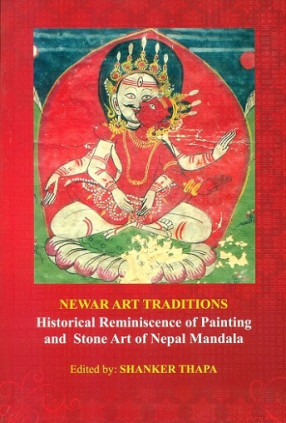

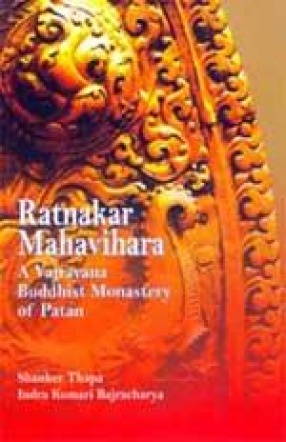
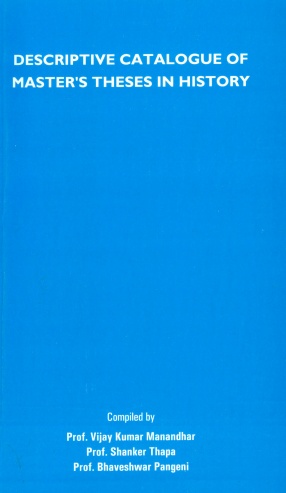
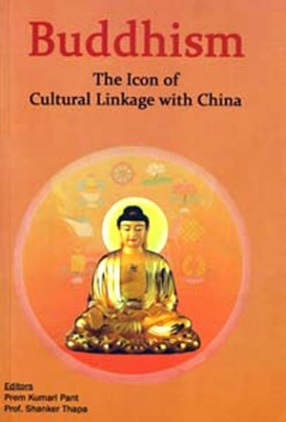
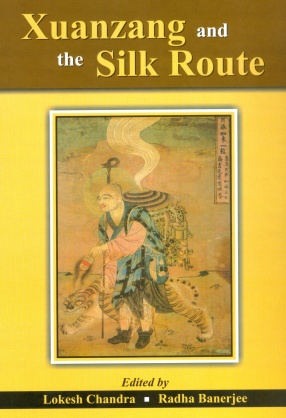
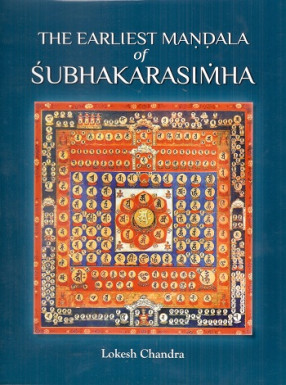
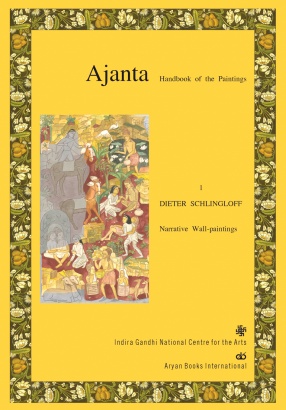
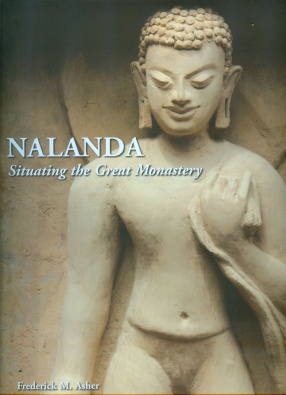

Bibliographic information